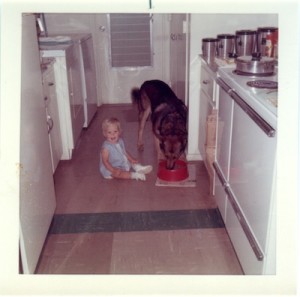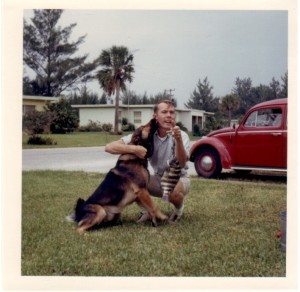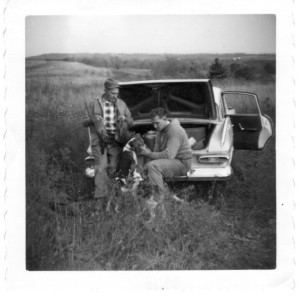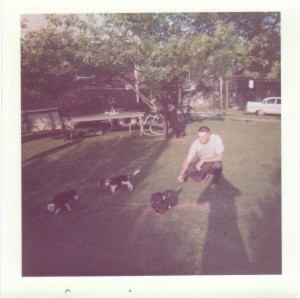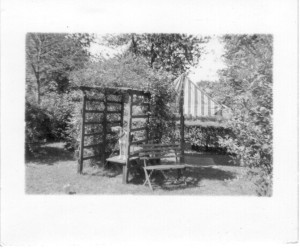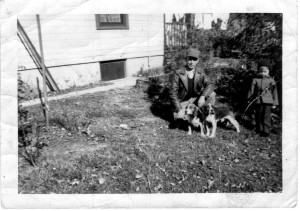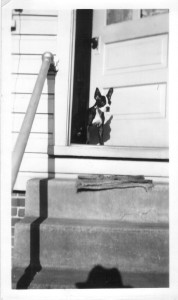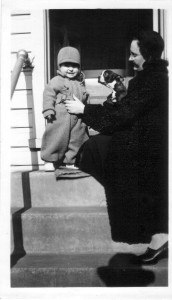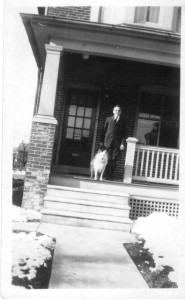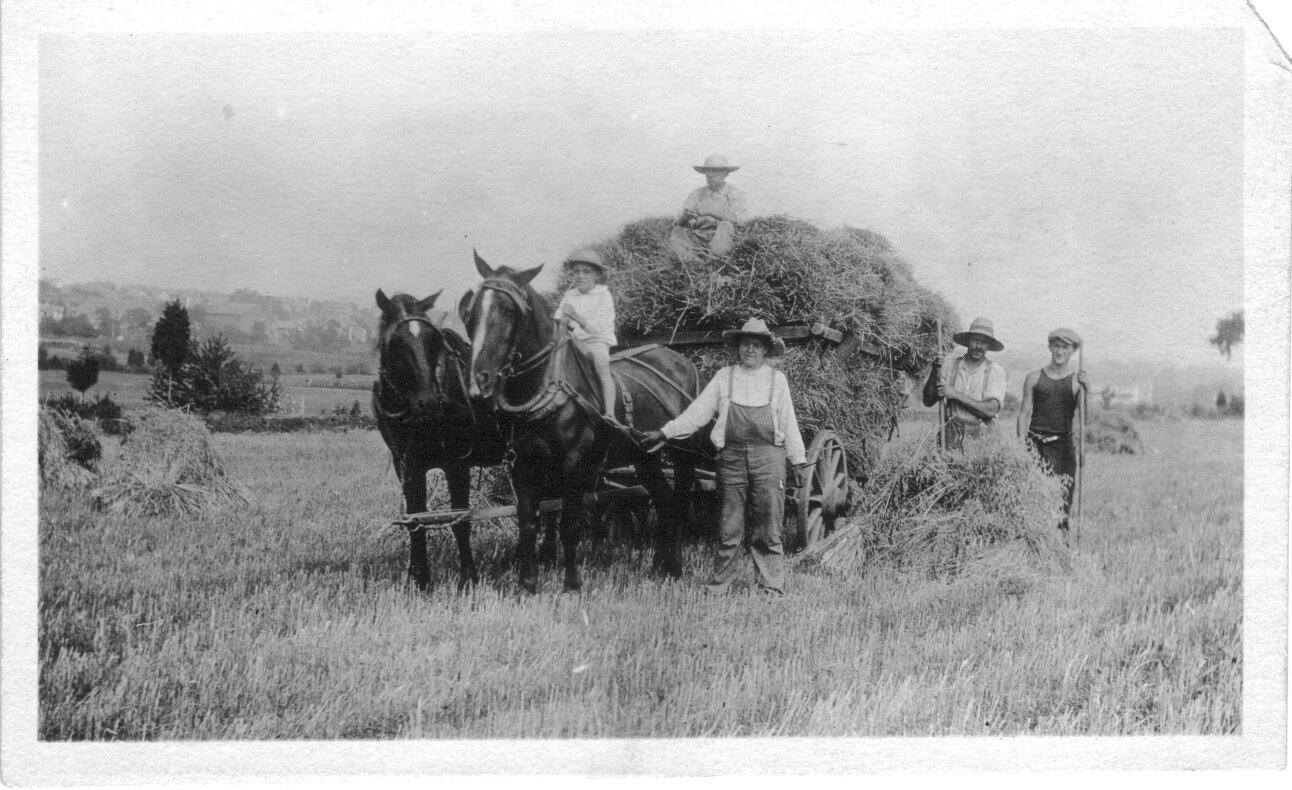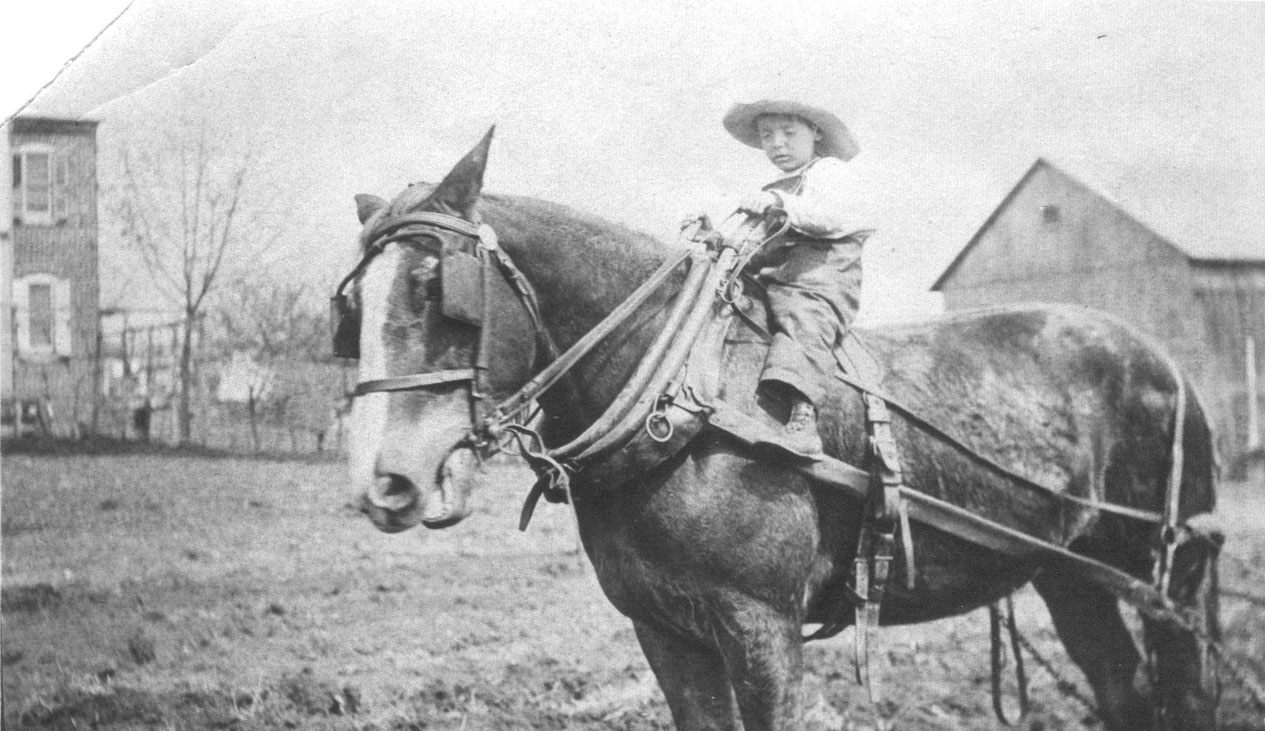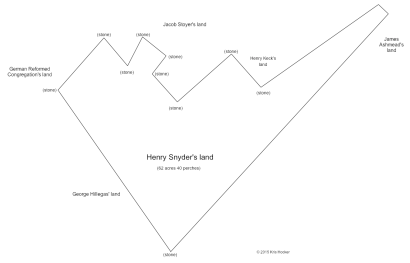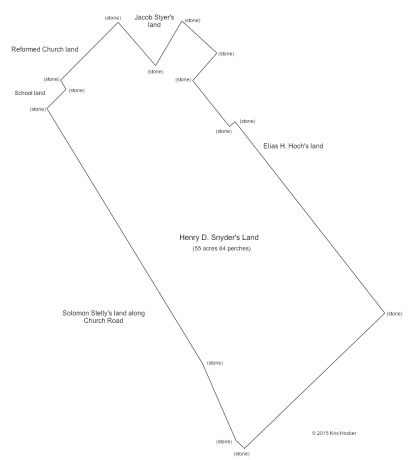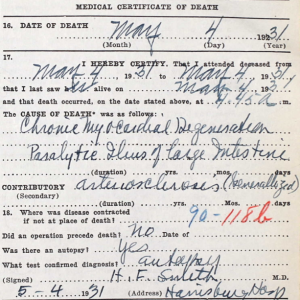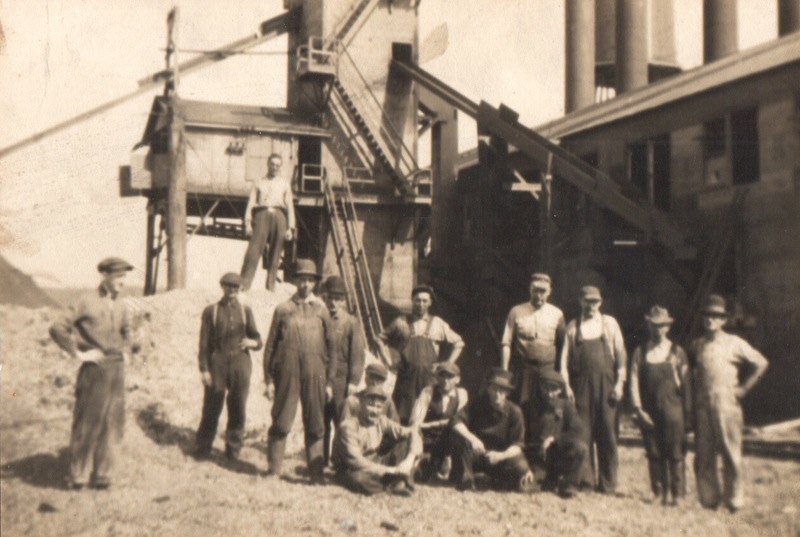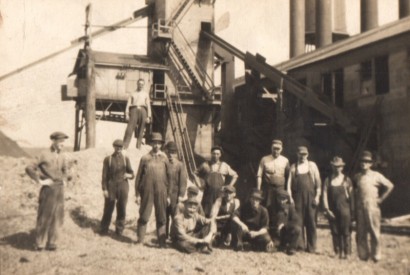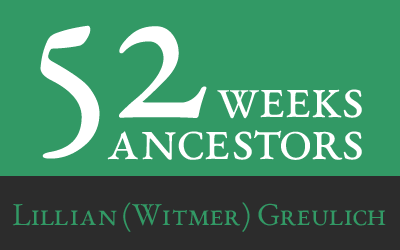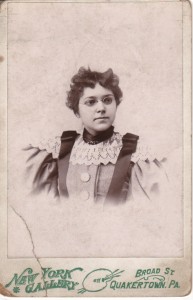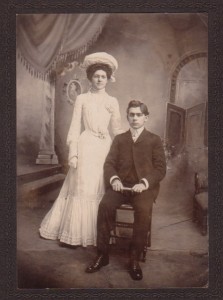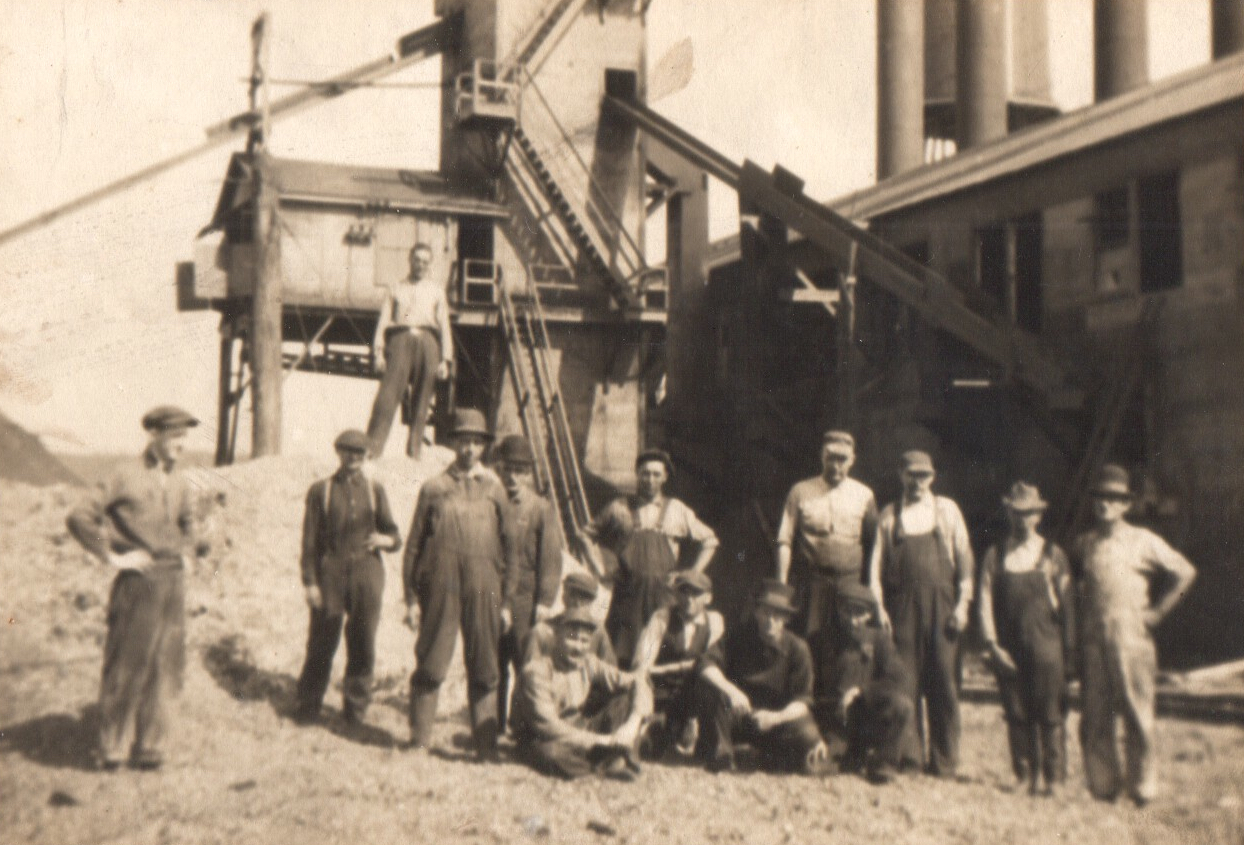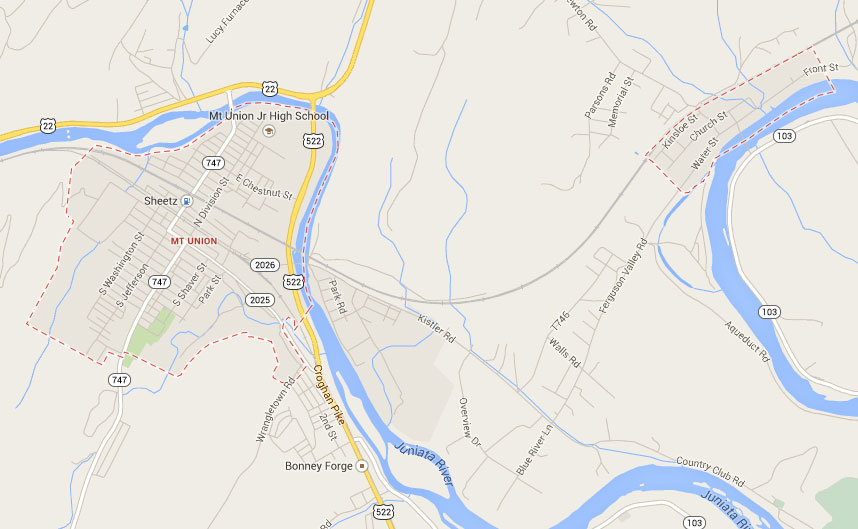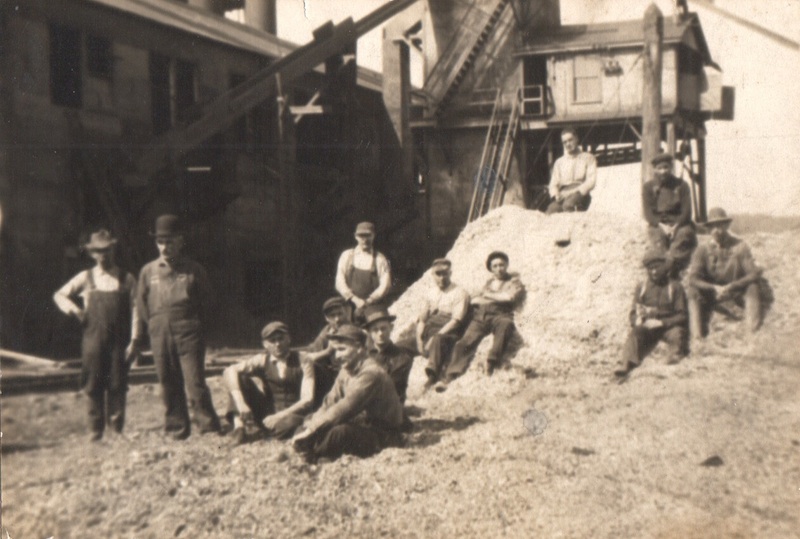Skepticism: Wherefore Art Thou?
A healthy dose of skepticism can be a valuable tool in genealogy. It’s important to examine each record critically. It’s a lesson I’ve just had cause to remember, again.
I was looking at the record in my Reunion database for my ancestor Daniel Boileau and I found the following:
Daniel Boileau came to Milesburg from Huntingdon County to make flour-barrels at the Milesburg grist-mill. He and his father-in-law Mr. Robertson, had fought side by side in the Revolutionary war as soldiers in the French army. Boileau settled eventually on a bit of land south of Milesburg, and died there in 1840. In front of the old log house that was his home at that place stands a hickory-tree that he planted with his own hands upon the occasion of Gen. Jackson’s first campaign for the Presidency. 1
“He and his father-in-law Mr. Robertson, had fought side by side in the Revolutionary war as soldiers in the French army.”
I also have Daniel’s death date as 28 November 1840. At that time he was 69 years old, placing his birth about 1771.2 The 1840 census for Spring Township, Centre County confirms this.3 His age, 60-70, places his birth between 1770 and 1780. This would make him about 12 years old at the end of the war.
France entered the war in February 1778 with the Treaty of Alliance. At that time, Daniel was six or seven years old. I have a very hard time seeing a boy that young being allowed to join the French army. He would have only been ten years old at the time of the Battle of Yorktown where General Cornwallis surrendered in 1781.
Granted young boys (and occasionally girls) served in historic armies. But at the time the armies were most active in the north—where one would assume Daniel would have served since that’s where he ended up—he would have been exceptionally young to have been a soldier. Not impossible, but not very likely either.
Skepticism Found
Looking at that quote now, I’m surprised I just added it to the database without a qualification. I find it unlikely to be the absolute truth. But it’s possible that it contains parts of the truth.
First, there could have been a Daniel Boileau—perhaps a relative, perhaps even his father—who served in the Revolutionary War. Different people with the same name are confused for each other all the time. And it’s not uncommon for fathers and sons of the same name to be reduced to one person. Adding several hundred years to the problem, only makes it harder to differentiate between people.4
In this scenario, I’m less certain of the French army connection, unless the soldier eventually brought his family over from France. If they were already here, wouldn’t he have just served with the colonials?
Alternatively, perhaps Daniel and his father-in-law fought together in a different war. At the time of the War of 1812, Daniel would have been about 41 years old. Not the age of the average soldier—especially if his father-in-law fought beside him—but not outside the realm of possible. The planting of a hickory tree in honor of Andrew Jackson’s first presidential campaign seems to indicate some strong feelings for the man who played a pivotal role in the War of 1812.5
Regardless, I apparently need to give my inner skeptic more of a free reign when researching my ancestors.


